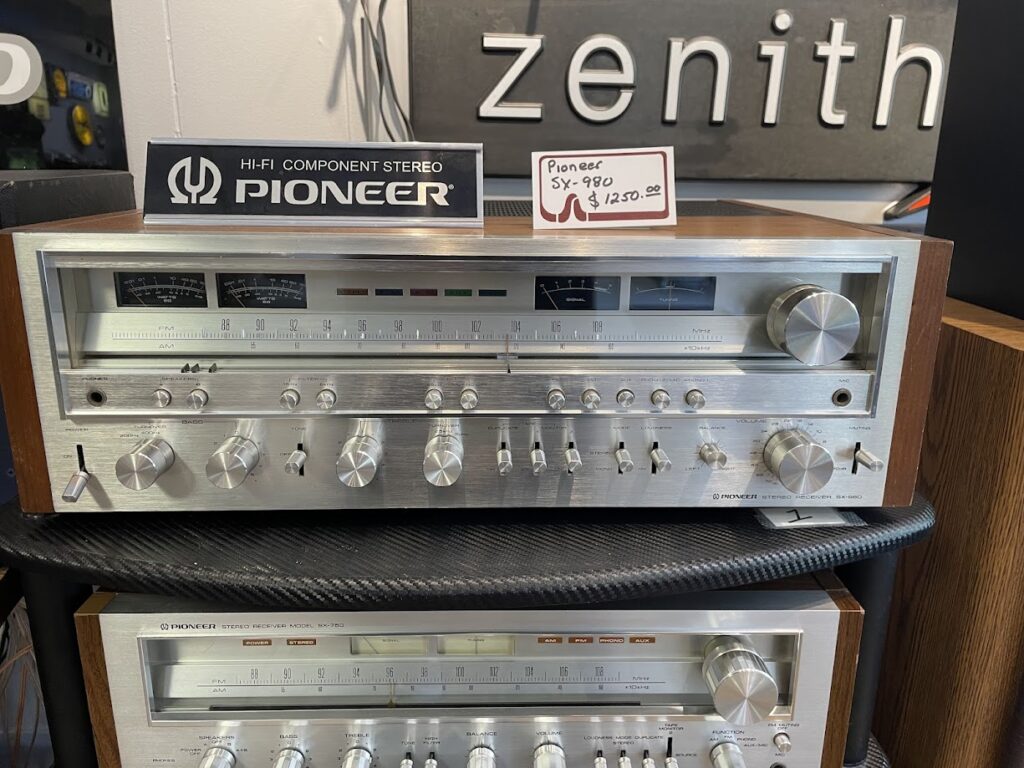Many people purchased modern home theater gear in the past 30 years . These pieces were designed to be everything to everyone. They have HDMI ports, will interface with a computer, will decode your movies and streaming into dramatic theater like surround sound. One thing the manufacturers forgot however was to include a phono pre-amp.
Most vintage gear have a small preamp onboard, many times a very good preamp at that. The signal from your stylus on the vinyl record is very, very small. This signal must be boosted or “pre amplified” before it hits your main amp. This is to give your amp something to work with. Thus, if your receiver or amp is lacking a preamp, your music will sound very far away or very weak even when turned all the way up. We often see this when people attempt to plug a turntable into a home theater amp with no phono input.
Many modern turntables are now being built with on board pre-amps, these are very small digital amps that will turn your turntables signal into what we call line level. This signal is strong enough for the amp to amplify normally. If you wish to use a vintage turntable with a more modern piece, one without an onboard pre, you will need to purchase an outboard phono pre-amp. Stereo Lab stocks both new turntables with preamps onboard and stand alone preamps.
Conversely, if you attempt to use a newer turntable with an onboard amp with a vintage amplifier that already has one, you will overdrive the existing preamp and your sound will be very distorted and loud. If this condition exists, simply turn off the pre onboard the turntable and all will be right in the world.



